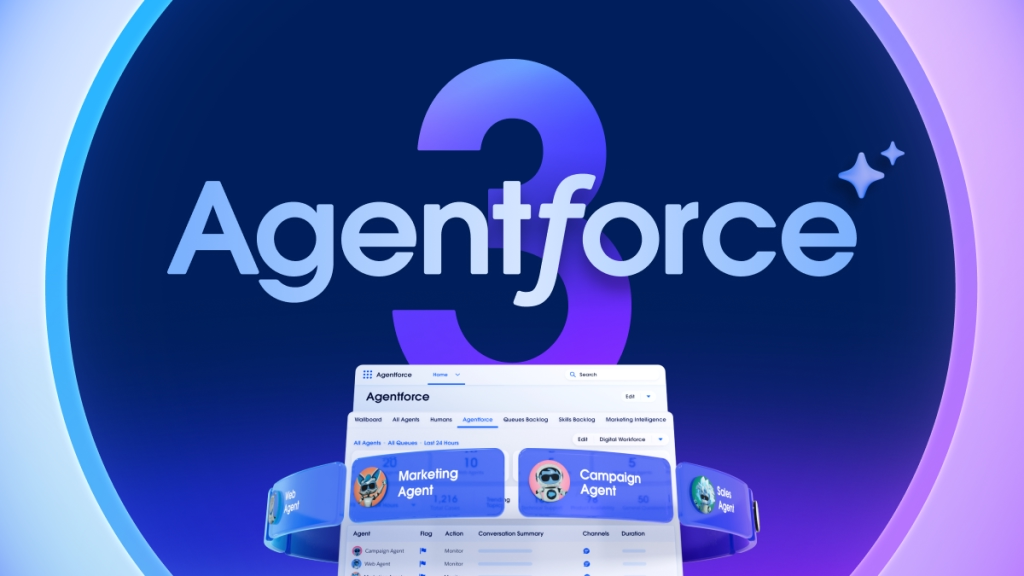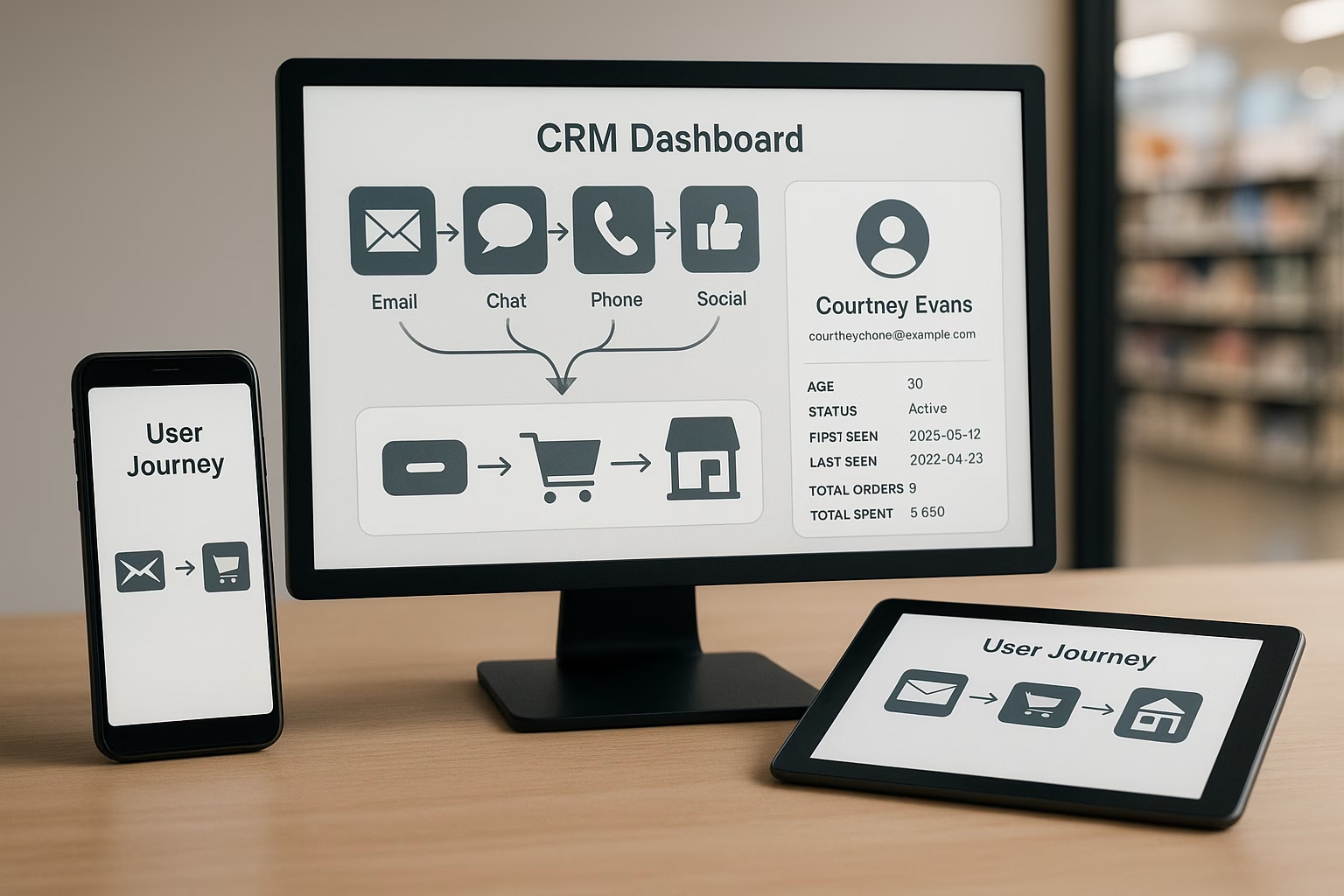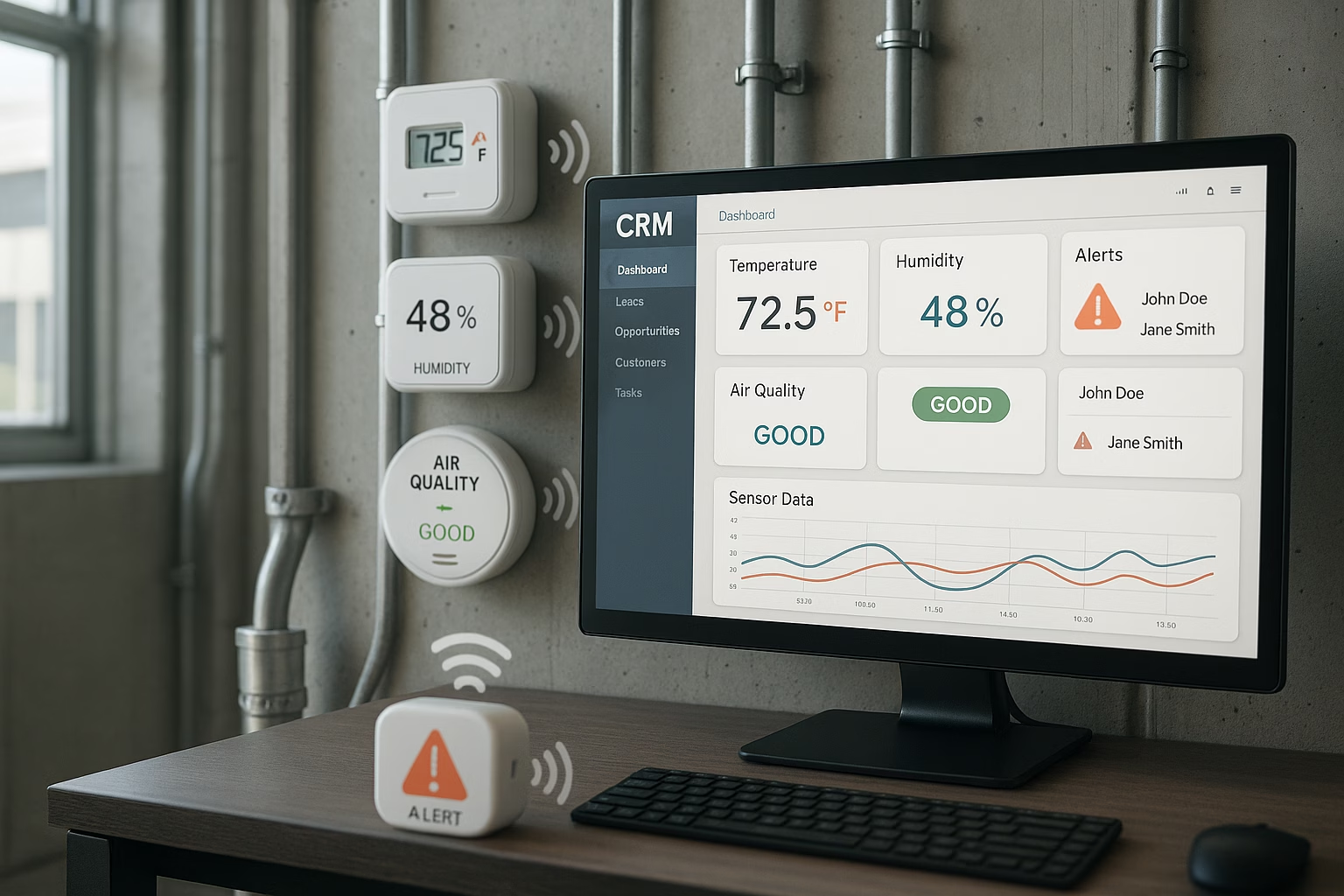You’ve probably seen this play out before. The business team pushes for speed, a new feature, or a critical compliance fix. IT comes back with concerns about risk, scalability, or technical debt. Everyone walks away thinking the other side just doesn’t get it. These disconnects waste time, money, and energy. And they don’t just derail projects, they burn trust. What’s often missing isn’t capability, it’s clarity. The challenge isn’t technical. It’s conversational.
Different priorities, different language
The business side is typically focused on growth, customer satisfaction, and outcomes that affect the bottom line. IT is thinking about architecture, resilience, and long-term scalability. Neither is wrong, but when those perspectives aren’t aligned, teams talk past each other. That’s where things start to unravel. A request that sounds simple from a business angle — like “We need this dashboard live next month” — might require weeks of backend work the business didn’t see coming. On the flip side, IT might raise a risk that sounds abstract unless it’s linked directly to business impact.
What misalignment looks like in practice
When the two sides aren’t in sync, projects start to feel chaotic. Requirements are handed over like orders, not discussed as problems to solve. Delivery slows down, but no one agrees on why. IT ends up firefighting. Business leaders grow frustrated. Blame starts circling. You’ll notice it in the early warning signs: vague outcomes, misinterpreted requests, rework that seems avoidable, and a growing sense that each team is solving a different problem.
Getting better at the conversation
Improving communication isn’t about learning each other’s technical language. It’s about building shared context. That starts with both sides agreeing on what success looks like. Instead of jumping straight to features, start with purpose. Why is this needed? What changes if it works? This helps IT teams focus on outcomes rather than just outputs, and gives business teams more insight into what it takes to deliver sustainably. Meetings help, but only if they’re structured. Demos, working sessions, and live reviews work well when they focus on feedback and decisions, not just status updates. Keep the conversation open enough for trade-offs to be discussed, but focused enough that decisions don’t drift.
Tools can support this if they stay simple
There’s no shortage of platforms designed to support cross-functional work. Shared dashboards in tools like Atlassian Jira or Azure DevOps, collaborative documentation via Confluence or Notion, and visual whiteboarding tools like Miro or Lucidchart — all useful. But only if they’re actually used. Pick tools that make it easy to connect business outcomes to technical decisions. For example, tying backlog items directly to OKRs or strategic themes helps make the ‘why’ visible. But try to avoid systems that bury intent under process layers or technical jargon. The goal isn’t documentation. It’s shared understanding and faster alignment when business and tech need to course-correct. We’re happy to share our approach at Sirocco, or what we see our clients utilise successfully.
Leadership makes the difference
But this kind of shift doesn’t happen by accident. It needs backing. Leaders must set the tone, reinforce joint ownership, and call out cross-functional wins. That includes investing in roles that bridge the gap — product owners, analysts, and internal champions who know how to translate between intent and execution. It also means letting go of the idea that one side owns “the business” and the other owns “the tech.” Both are part of delivering value. That has to be visible in how decisions are made and who’s involved in shaping them.
Most project failures aren’t caused by poor tech choices. They happen because people weren’t aligned on what mattered. Better tools help. So does process. But more than anything, teams need to be having better conversations — ones where questions are welcome, trade-offs are surfaced early, and outcomes are shared. If that’s not happening, maybe it’s time to stop looking at delivery velocity and start looking at how your teams talk to each other.
LinkedIn Caption:
When business and IT talk past each other, progress stalls. If you’re seeing missed deadlines, misunderstood requests or constant rework, the issue probably isn’t the tech — it’s the conversation. Here’s how to fix it.










